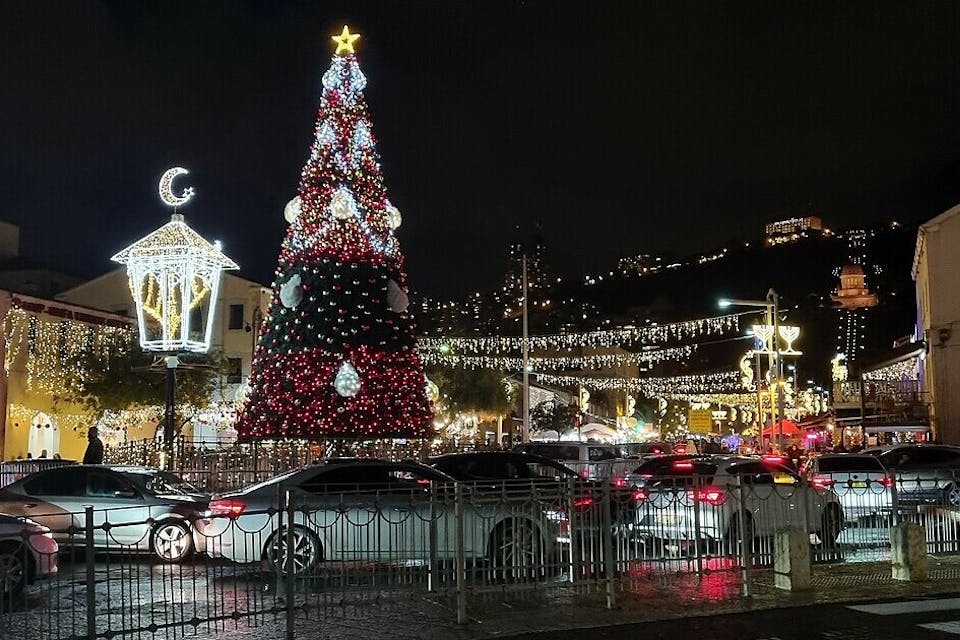
December 24, 2024
How “Kratsmakh” Became the Yiddish Word for Christmas
By way of an ancient Roman holiday and two very similar Hebrew letters.
And these are the holidays of the Gentiles: Kalenda, Satarnuna, and Kratesim, and the celebration of [the coronation of] kings, and the birthdays and death days [of kings].
So we read in first chapter of the Mishnaic tractate of Avodah Zarah or “Idolatry,” which deals with the precautions that Jews must take to avoid participating, if only unintentionally, in the religious rites of the non-Jewish inhabitants of the Roman empire, in whose province of Syria Palestina the Mishnah was compiled in the 3rd century CE. Although each of these three holidays disappeared along with the empire itself, the first two, and possibly the third, are connected, each in its own way, to the New Year’s, Hanukkah, and Christmas that are celebrated this week. Let’s take a look at them.
The Roman calends or calendae, the Kalenda of the Mishnah, was the first day of every month of the year. All the calendae were holidays in Rome and its territories, the most important of them being the calends of January. This was the Roman year’s first month, named for the god Janus, the keeper of doors and portals who ushered in the new year. Celebrated with sacrifices to him and public feasts, the calends of January are described in the Gemara, the Talmud’s commentary on the Mishnah, as taking place eight days after the winter solstice, that is, at the end of December—and it was the proximity of January 1 to the solstice, on which the daylight hours begin to lengthen again after growing progressively shorter from June on, that made it the new year’s first day, as it has continued to be ever since.